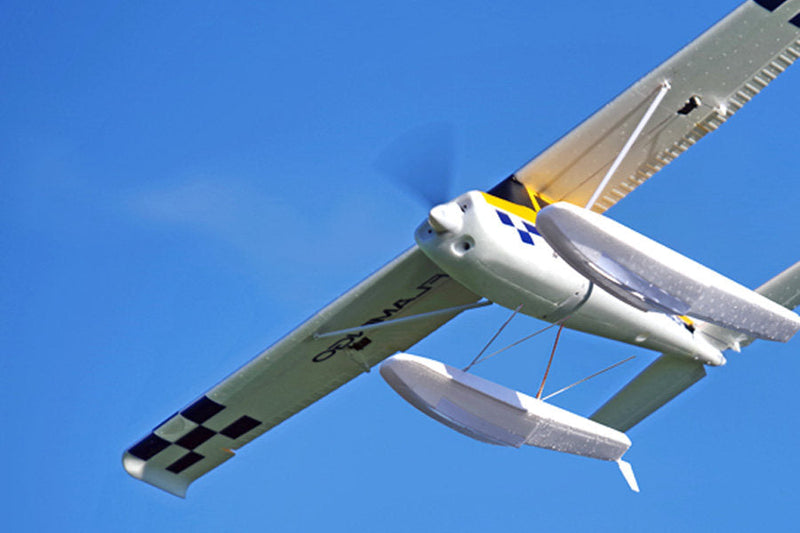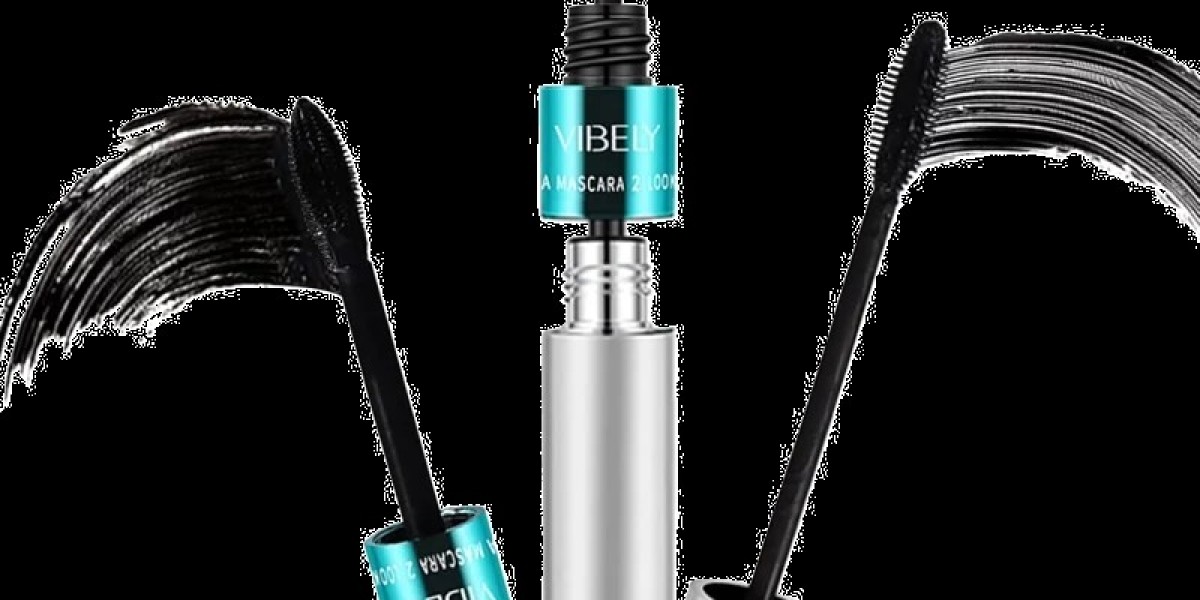Flying RC air planes can be an exhilarating hobby that combines technology, skill, and creativity. For beginners, understanding the basics of remote-controlled aircraft is essential to enjoying this rewarding pastime. This guide aims to provide you with valuable insights and practical tips to help you navigate the world of RC air planes.

Understanding RC Airplanes
RC air planes are miniature aircraft that are controlled remotely using a transmitter. These models come in various types, including gliders, trainers, and aerobatic planes. Each type serves a different purpose and offers unique flying experiences. But how do you choose the right one for you?
- Gliders: Ideal for beginners due to their ease of control.
- Trainers: Designed for new pilots, these planes are stable and forgiving.
- Aerobatic Planes: Best suited for experienced pilots looking for advanced maneuvers.
Essential Equipment for Flying RC Airplanes
To get started with RC air planes, you will need some essential equipment. This includes:
- Transmitter: The remote control device that allows you to operate the airplane.
- Receiver: Installed in the airplane, it receives signals from the transmitter.
- Battery: Powers the airplane and should be compatible with your model.
- Charger: Necessary for recharging your battery.
Investing in quality equipment will enhance your flying experience and ensure better performance. You can find a variety of options at  .
.
Tips for New Pilots
As a new pilot, you may wonder what steps to take to ensure a successful flight. Here are some tips to consider:
- Start with a Simulator: Practicing on a flight simulator can help you develop your skills without the risk of crashing.
- Join a Club: Connecting with experienced pilots can provide valuable insights and support.
- Check the Weather: Ideal flying conditions are crucial for a successful flight. Avoid windy or rainy days.
Safety First: Best Practices for Flying RC Airplanes
Safety should always be a priority when flying RC air planes. Here are some best practices to keep in mind:
- Fly in open areas away from people and obstacles.
- Always maintain visual contact with your airplane.
- Follow local regulations regarding flying RC air planes.
By adhering to these safety guidelines, you can enjoy your flying experience while minimizing risks.
Conclusion
Flying RC air planes is a fulfilling hobby that offers endless opportunities for learning and enjoyment. By understanding the basics, investing in the right equipment, and practicing safe flying techniques, you can embark on an exciting journey in the world of remote-controlled aviation. Remember, every expert was once a beginner, so take your time and enjoy the process!








